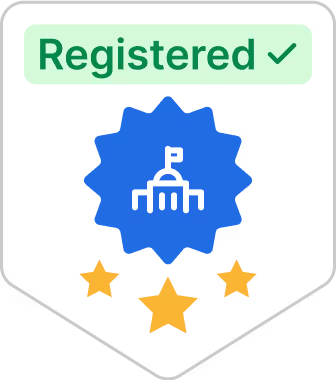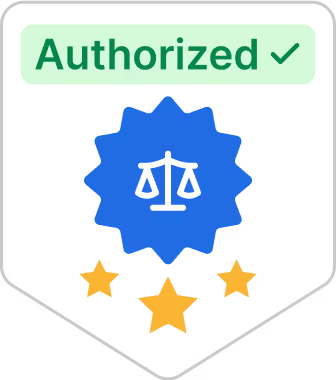How to change your name legally: Complete guide

Whether you’ve gotten married, filed for divorce, or are looking to make a mid-life transition, you may be looking to change your name.
In addition to learning how much it is to change your name, it’s important to note that changing your legal name is a complex process that requires filing a court order, filling out multiple government documents, and notifying relevant agencies of the change. In addition, it’s helpful to make a budget of the associated fees you may come across. However, these will largely depend on the state you live in.
In this guide, we’ll walk you through the best legal advice for how to change your name legally to ensure the process is smooth sailing from the first form to the final announcement.
Step 1: Petition to have your name changed
To an extent, the process of legally changing your name in the United States will vary depending on which state you live in. But no matter where you live, name changes are handled by the county clerk’s office, so check with them for specific information.
Whether you want to change a child's name or are looking to conduct an adult name change, the first step to legally changing your name is filing an official petition with your clerk’s office. Similar to learning how to change your name after marriage, they’ll require identifying information and documents from you, so be sure you have your:
- Driver’s license or state photo ID
- Proof of residency (such as a utility bill or bank statement)
- Social security card
The clerk’s office will provide you with the forms you need to file your petition. Again, these forms can vary from state to state, but in most cases, they will include:
- Name change form
- Order to show cause form
- Decree to legally change your name
Once you’ve completed these legal forms, you may return them to the clerk’s office by regular mail or email, in some states. Keep in mind that you’ll likely have to pay an associated filing fee and district court fees for the legal services.
Helpful Hint: Always make extra copies of your legal forms and keep them somewhere safe.
Step 2: Advertise your new name
Many states require that anyone who wishes to change their name take out an ad in their local newspaper. If required, you’ll need to publish the advertisement in advance of your court date.
This ad publication informs the general public of your name change and signals the seriousness of your intention to do so.
If advertising your name is a requirement in your state, your clerk’s office will provide you with the necessary documentation you’ll need to give to the newspaper. Usually, a copy of your name change petition will suffice.
Step 3: Set a court date
Once the clerk’s office approves your petition, they’ll arrange a date and time for you to appear in court to begin legal name change proceedings. You’ll have to appear before a judge who will determine whether your name change is necessary and lawful.
Be sure to bring all of the forms included in your petition with you to your court hearing, as the judge will need to review them before deciding your case. Once the judge rules, they’ll sign your name change decree, thus approving your petition.
Step 4: Spread the news
So you’ve filled out all the paperwork, taken out an ad in your local paper, and appeared in court where a judge officially approved your name change request. Now you’re all set to use your new name for official use.
Well, almost.
After you’ve taken care of the legal aspects, there’s still one very important step you need to take to complete the name change process: informing relevant agencies of the change and updating important information.
In addition to your friends, family, colleagues, and employers, you’ll also need to:
- Notify your post office
- Update your landlords
- Update your voter registration
- Inform your banks and other financial institutions, such as insurance agencies and credit card companies
Very importantly, once your name change is approved, you’ll need to request new copies of your vital identification documents. Doing so will streamline the process down the road. As such, ensure that you obtain new copies of your:
- Driver’s license – Visit your local DMV to obtain a new driver’s license with your new name. Be sure to bring your current license, name change decree, and proof of residency.
- Social security card – You can obtain a new social security card through the Social Security Administration. Many online services are also available to help you complete this step.
- Passport – If you plan to travel internationally or obtain an overseas bank account, you’ll need a passport with your new name. Contact the Department of State about completing a DS-5504 form to learn how to change your name on your passport.
Once you’ve obtained these documents, you’re all set to live life under your new name.
To avoid the hustle and bustle of changing your name in person, use Gov+ to get started with your name change right now online.
Sources:
- Find Law. How to Legally Change Your Name. https://www.findlaw.com/family/marriage/how-to-legally-change-your-name.html
- Eforms. Name Change Forms: How to Legally Change Your Name.
- https://eforms.com/name-change/#
- Department of State. Name Change for U.S. Passport or Correct a Printing or Data Error. https://travel.state.gov/content/travel/en/passports/have-passport/change-correct.html























